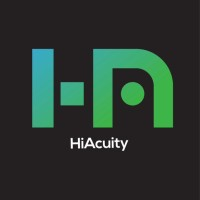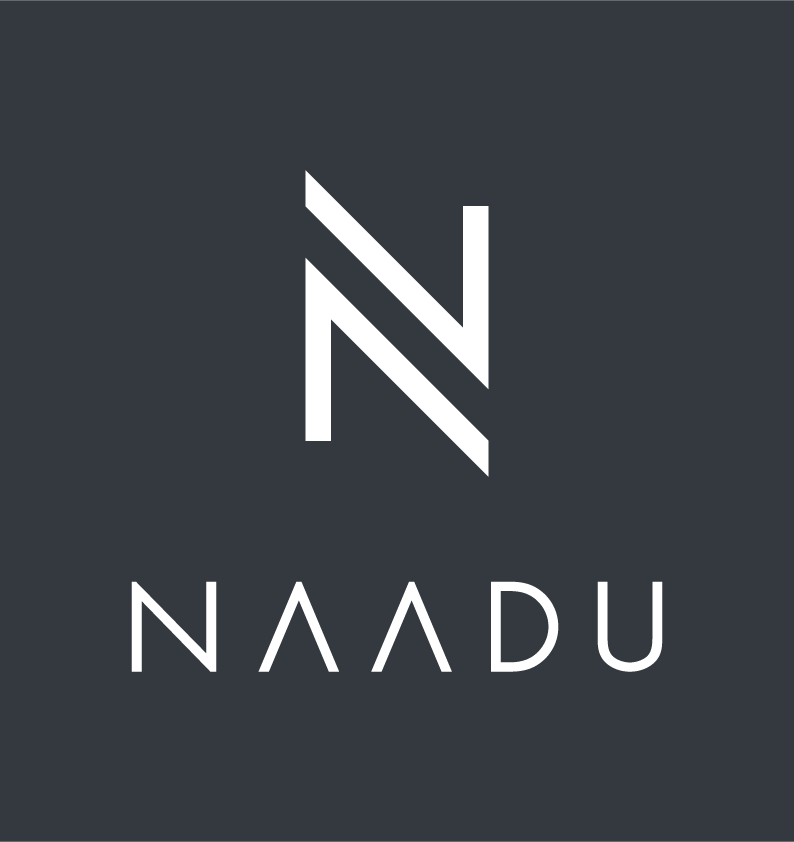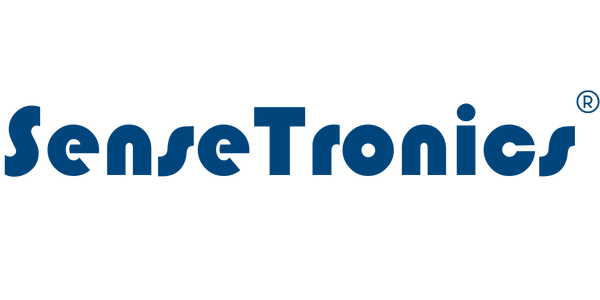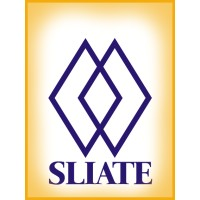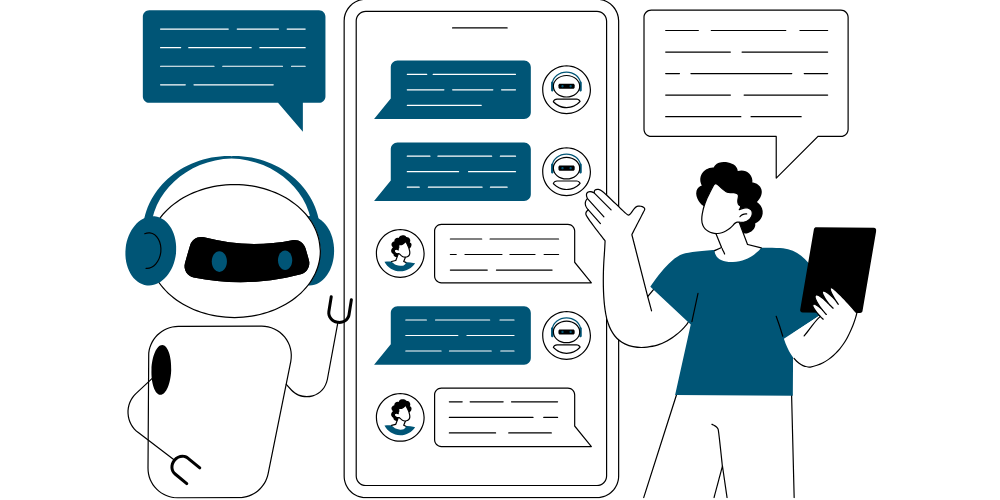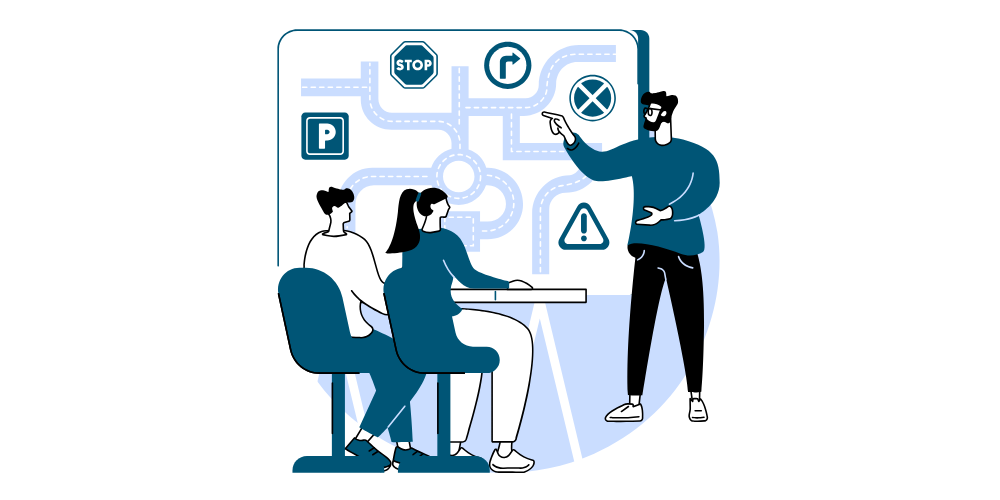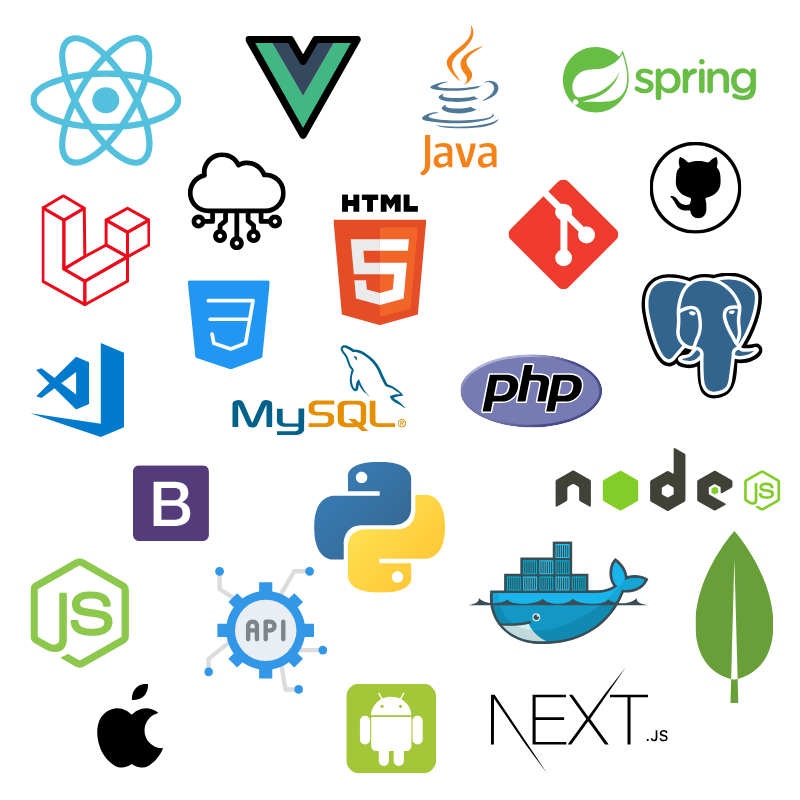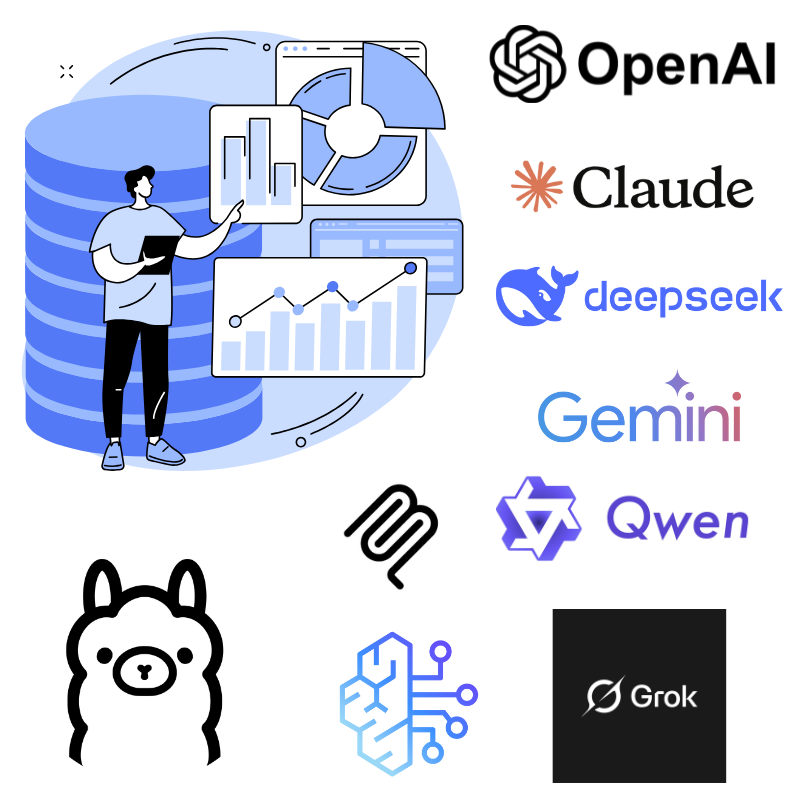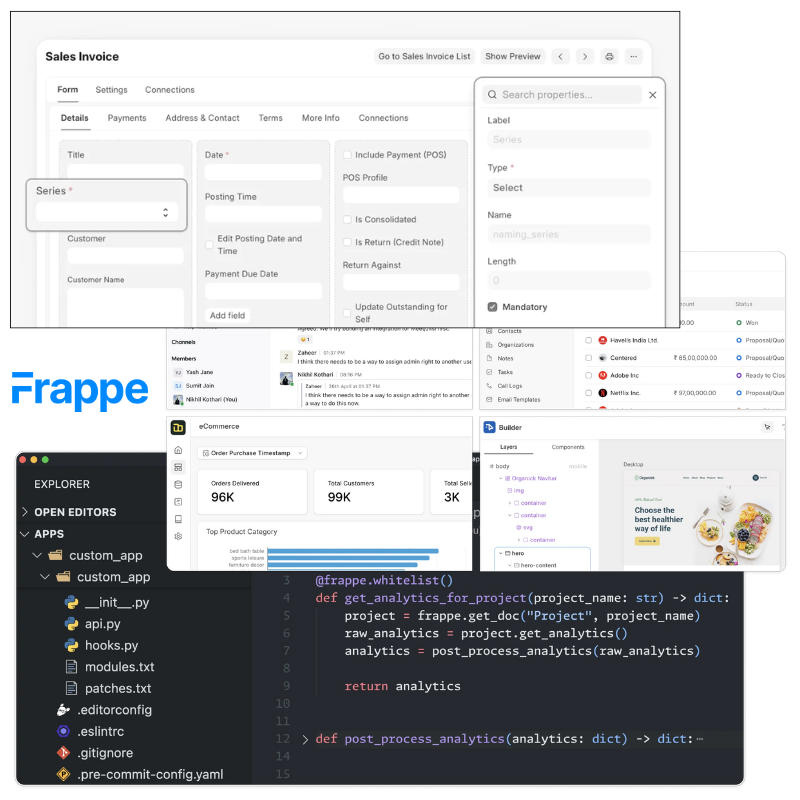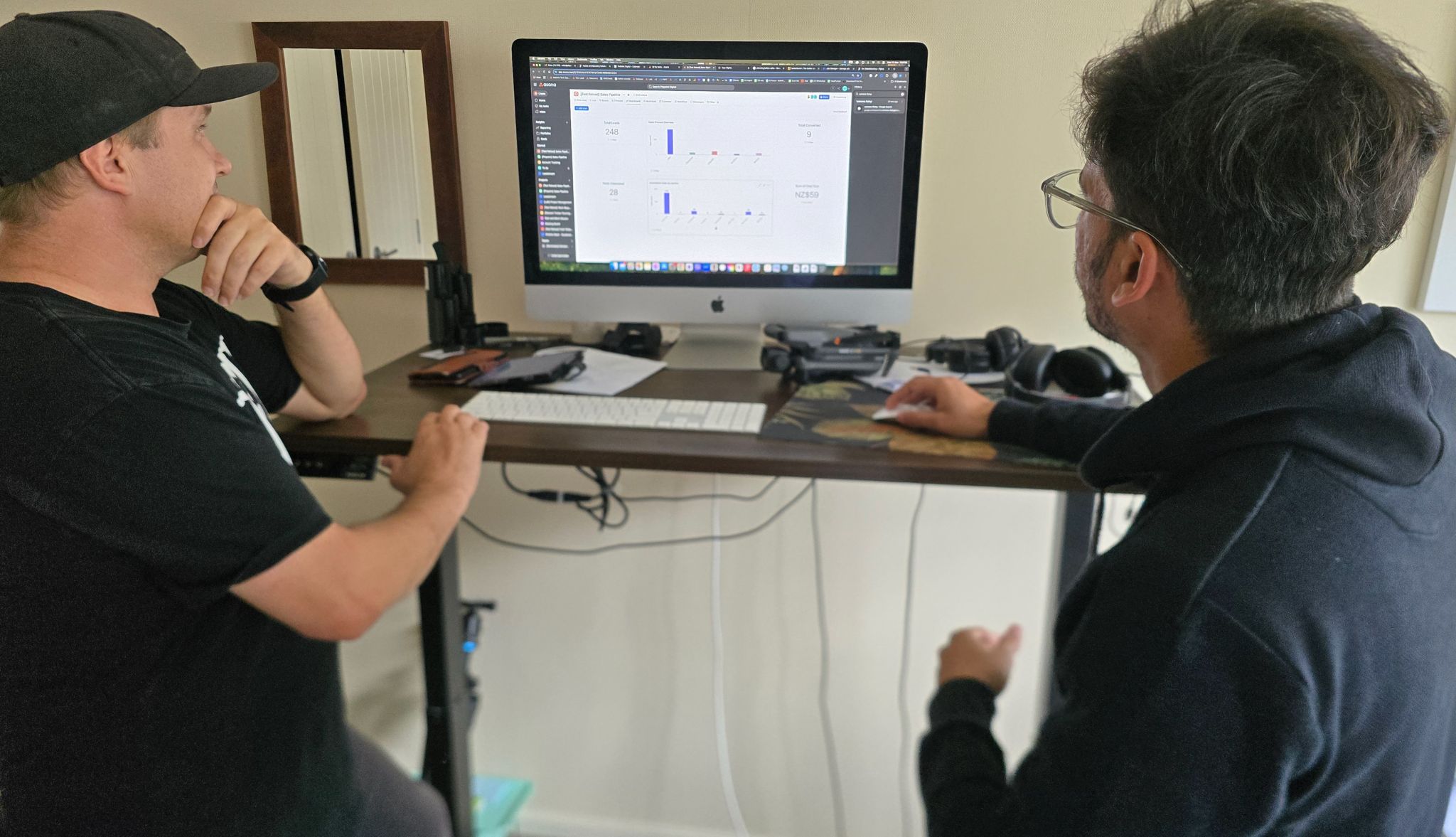Who We Are
HighFlyer is a premier management and technology consulting firm with a strong software development arm. We combine strategic thinking with technical excellence to deliver transformative solutions.
Our team of experts brings together diverse skills in business strategy, digital transformation, and cutting-edge technology to help organizations navigate complex challenges and achieve sustainable growth.

10+
Years Experience
50+
Successful Projects
5
Countries
3
Global Offices







